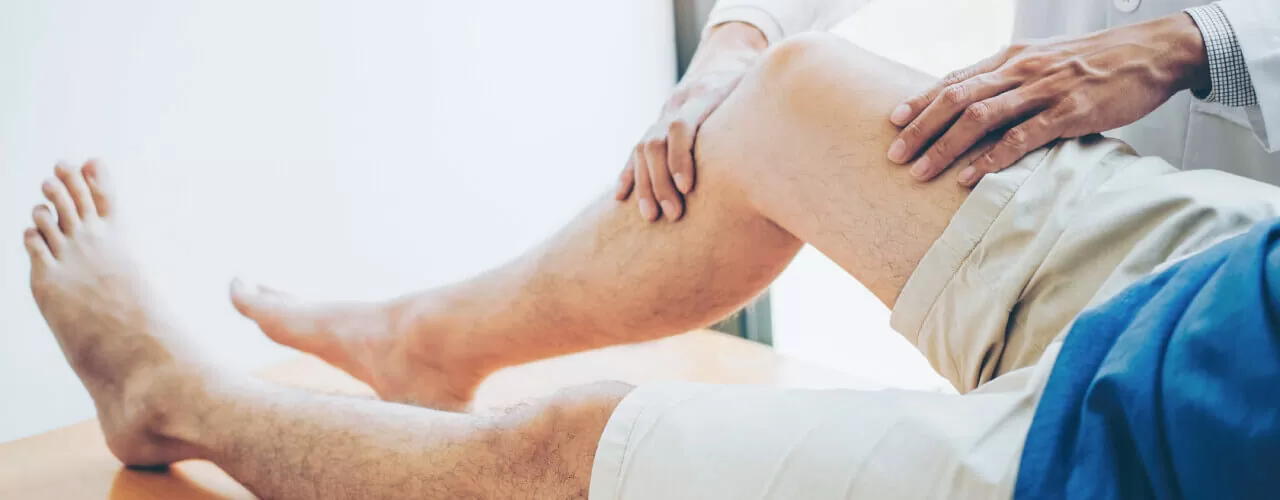5 Tips To Get More Physical Activity In Your Routine
It may feel like you’re on a never-ending hamster wheel in your hectic life, requiring you to accomplish as much as possible. It is critical, however, for everyone to realize what is and is not attainable through simple effort. It’s critical to recognize that your willpower has limits.
It’s difficult enough to get through your to-do list in the limited hours you have in the day without being exhausted. Instead, you’ll need to use methods and tips to stay interested, motivated, and active in your quest to complete everything – since no one can do it all alone!
Below we’ve listed out five simple ways to stay active and involved throughout the day as you’re juggling your various tasks and responsibilities! After you read through these, give Premier Therapy Center call to learn more about physical therapy and how it can help you achieve your goals and feel your best.
Tip #1: Address your pain issues first.
Pain is one of the most prevalent reasons why individuals stop being active. Whether it’s a long-standing ache or the mere fear of pain, it’s enough to cause folks to slow down or sit out of their favorite activities entirely.
Nearly 40 million Americans admit to experiencing acute pain, which is linked to a variety of other health issues. Physical therapy treatments, fortunately, are a straightforward approach to manage or perhaps entirely eradicate discomfort. Hands-on therapy from a physical therapist, as well as more specialist therapies like ultrasound and electrical stimulation, can all aid with pain relief.
Physical therapy treatments have also been shown to help you lead a more active lifestyle by restoring muscle and joint function.
Tip #2: Get enough sleep!
“In order to function at your best, you need a good night’s sleep!” We’ve all heard this. Do we, on the other hand, always listen to this piece of advice? The majority of us don’t!
Despite the fact that sleep is clearly crucial for the body’s normal functioning, around one-third of the US population has sleep disorders.
Physical therapy can assist you in getting better sleep, which will allow you to be more active throughout your waking hours.
Physical therapists are trained in areas that are critical to sleep, such as pain modulation, tissue healing, cognitive functioning, and cardiovascular health. A physical therapist�can also provide suggestions for how you can integrate sleep health with overall wellbeing.
Tip #3: Find ways to encourage yourself to meet your goals!
There are a variety of products on the market that will encourage, inspire, and track your physical activity. Research shows that utilizing such products may have a favorable impact on your levels of activity. The key to success is to establish daily, weekly, or monthly goals that are easily tracked within the tool and to follow consistent strategies, such as:
- Writing down your goals. A common goal that people set for themselves is 10,000 steps per day. However, it is worthwhile to check with a medical professional, in order to avoid overextending yourself.
- Using the tool every single day. Consistency creates habits, which by nature are notoriously difficult to break.
- Engaging in activities that you enjoy. While tools come with limitations — namely the activities that it measures — it is extremely helpful to choose a tracker based on the activities you enjoy. If you are doing something that interests you, it will be easier to maintain over time.
- Encouraging your friends and family to use the tool with you. Many trackers have interactive features that let you compare your progress to that of others. Because most of us benefit from having a workout partner, this type of informal comparison can be a powerful motivation. You’ll also have someone to hold you accountable for achieving your objectives.
Tip #4: Take Fido for a walk.
It is true that a dog is a man’s best friend – and your dog likely won’t back down from the opportunity to be your exercise companion. The arrival of a new pet, particularly a dog, is an effective way to get owners moving. Physical activity is necessary for a dog, even if it is simply a short walk every day. This can help owners remain accountable for getting their daily exercise in, as well.
Tip #5: Cleaning your house up!
Cleaning your house employs a variety of muscle groups, in addition to keeping you active. Every step you take and inch you vacuum contributes to your fitness. Squeeze your glutes and abdominal muscles as you trail from room to room for increased effect.
Call our clinic for an appointment
Contact our office now to learn more about how physical therapy can help you keep fit and healthy, or simply wish to enjoy life more. We’ll be more than pleased to help you get started on the path to better health and fitness!










